Specimen Showcase|Sharp Tongue and Eyes
- Hong Kong Biodiversity Museum

- Mar 13
- 3 min read
The Japanese common chiton, 𝘓𝘪𝘰𝘭𝘰𝘱𝘩𝘶𝘳𝘢 𝘫𝘢𝘱𝘰𝘯𝘪𝘤𝘢 Lischke, 1873, is found in the oceans worldwide, from rocky shores to 2,500 meters deep! They are particularly common in the crevices of rocky shores of Japan, mainland China, Taiwan and Hong Kong. Diving into the evolutionary history of this group, the ancestors of mollusks🐚, the larger phylum to which chitons belong to, had no shells. Over tens of millions of years, these soft-bodied animals gradually developed simple shells which made them resistant to external attacks, evolving into more complex forms. Some became coiled sea snails and others turned into bivalves like clams. Their diet is also widely diversified, some feeding on algae, others carnivorous🍖, primarily feeding on bryozoans, diatoms, and barnacles, while some with a wider spectrum of food are omnivorous.
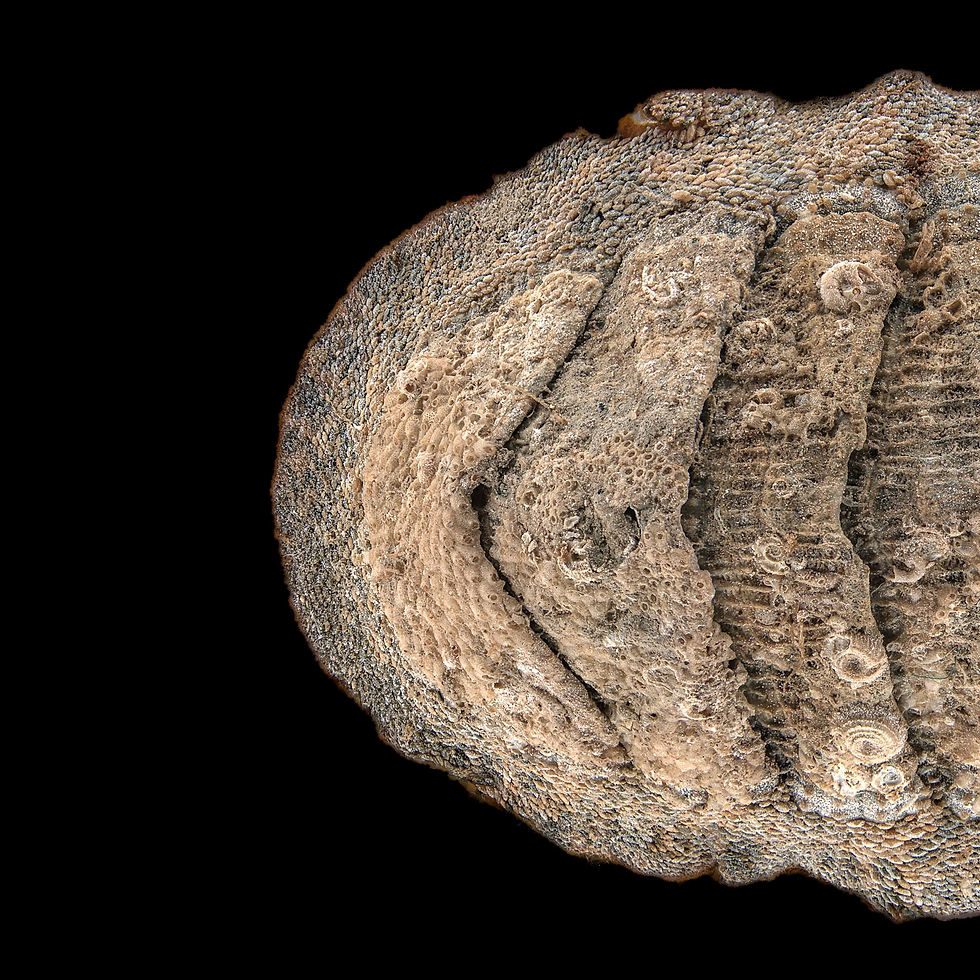

But what about chitons? Their distinctive shells are flat and composed of eight plates interconnected by a flexible girdle, fastened together like a train🚃, allowing them to move freely in different directions. This girdle is adorned with small tubercles, spines, and little needles, making for quite a unique decoration! The side of the animal that is tightly pressed against the substrate (e.g. rock) has a mouth at one end, an anus on the other end, and a foot and gills in the middle arranged on either side. Although chitons move slowly over rocks, as if enjoying a leisurely life, they are like "off-road vehicles"!🚞 Its feet are like soft suckers, clinging tightly to the rock. The plates of their shells can move, allowing their bodies to adjust shape and perfectly fit various rugged surfaces! No matter how complex the environment, chitons can crawl steadily, showcasing their remarkable adaptability! It's worth mentioning that most chiton species can reach lengths up to 5 centimeters (2 inches), as can the Japanese common chiton. The Gumboot chiton (𝘊𝘳𝘺𝘱𝘵𝘰𝘤𝘩𝘪𝘵𝘰𝘯 𝘴𝘵𝘦𝘭𝘭𝘦𝘳𝘪) along the Pacific coast of North America can grow up to 43 centimeters, making it the giant among chitons!

Chitons are remarkable creatures with a unique feeding strategy that highlights nature's ingenuity. They scrape food off rocky surfaces using their radula, a tongue-like structure lined with tiny, sharp teeth resembling a miniature rasp🗡️. The main lateral teeth, made of magnetite (an iron-rich mineral) are especially strong and durable, allowing chitons to tackle tough surfaces. In the 1960s, biologists discovered that the radula operates like a conveyor belt, with outer teeth ready for action and inner teeth waiting to replace them♻️. As mature teeth wear down, new ones are pushed forward, ensuring chitons are always prepared for their next meal. A newly formed main lateral tooth starts as a framework, gradually turning reddish-brown and then black as it becomes filled with magnetite. These teeth are among the hardest biological materials, surpassing human enamel in strength (more than three times!), and allow chitons to feed without damaging their teeth. What's more, their teeth remain sharp even after grinding on rocks.✨
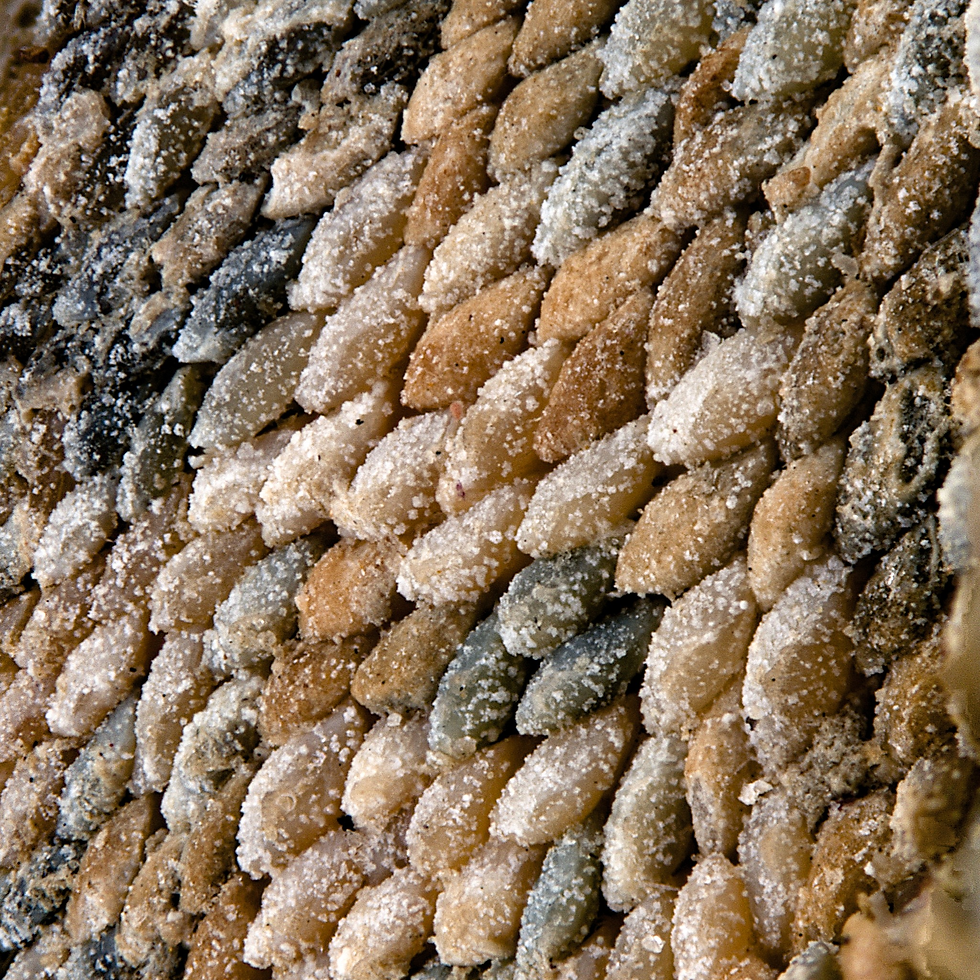
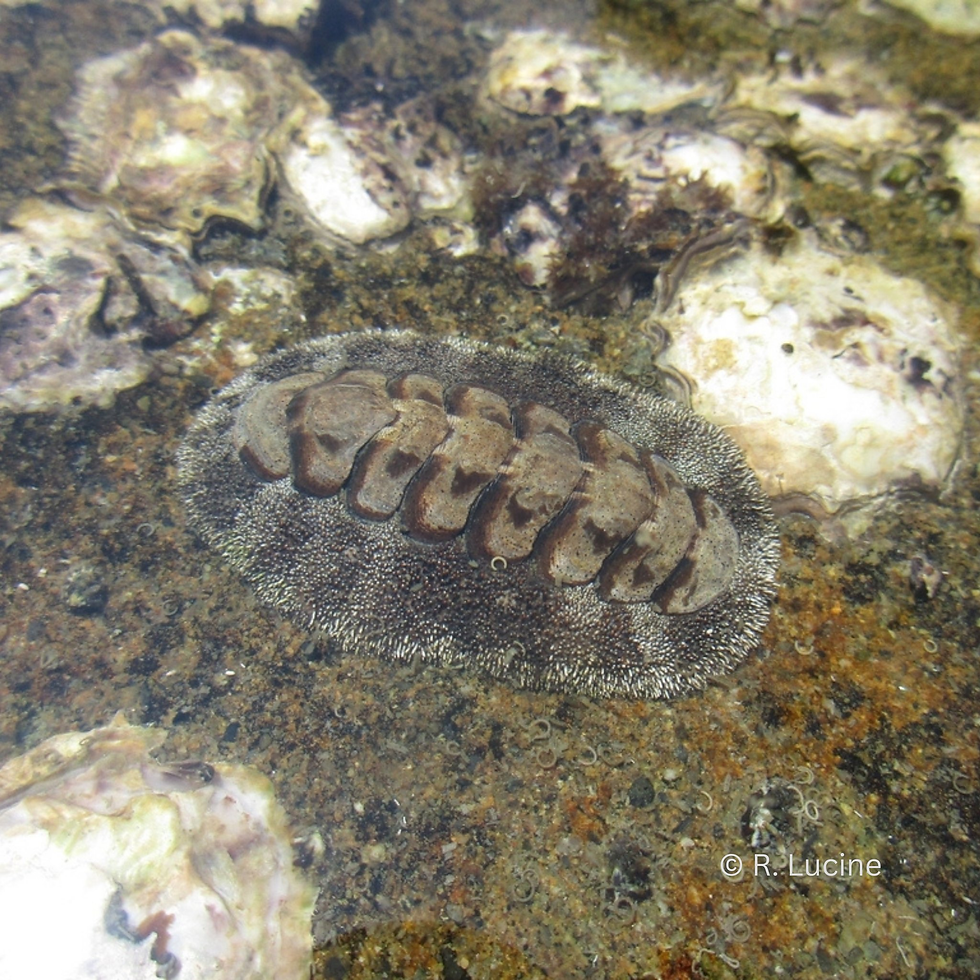
Other parts of chiton's body are equally interesting and unique! Chiton's eyes are different from those of other animals in that they are not made of protein, but of the same material as their shells - calcium carbonate. The eyes are located on different parts of the shell, helping the chiton to see every corner. It just needs to change the arrangement of the calcium carbonate, and the shell will form a series of transparent eyes👀. Each eye is about 50 micrometers wide and has a clear lens surrounded by dark areas that contain a pigment called pheomelanin. This pigment helps the eyes absorb light and see more clearly. Chitons can see objects about 2 meters away, which is important for spotting predators. When they sense danger, they quickly clamp down onto rocks or other surfaces, making it hard for predators to pull them off🙅♂️. This ability to see and respond quickly helps them survive in their tough intertidal habitats.
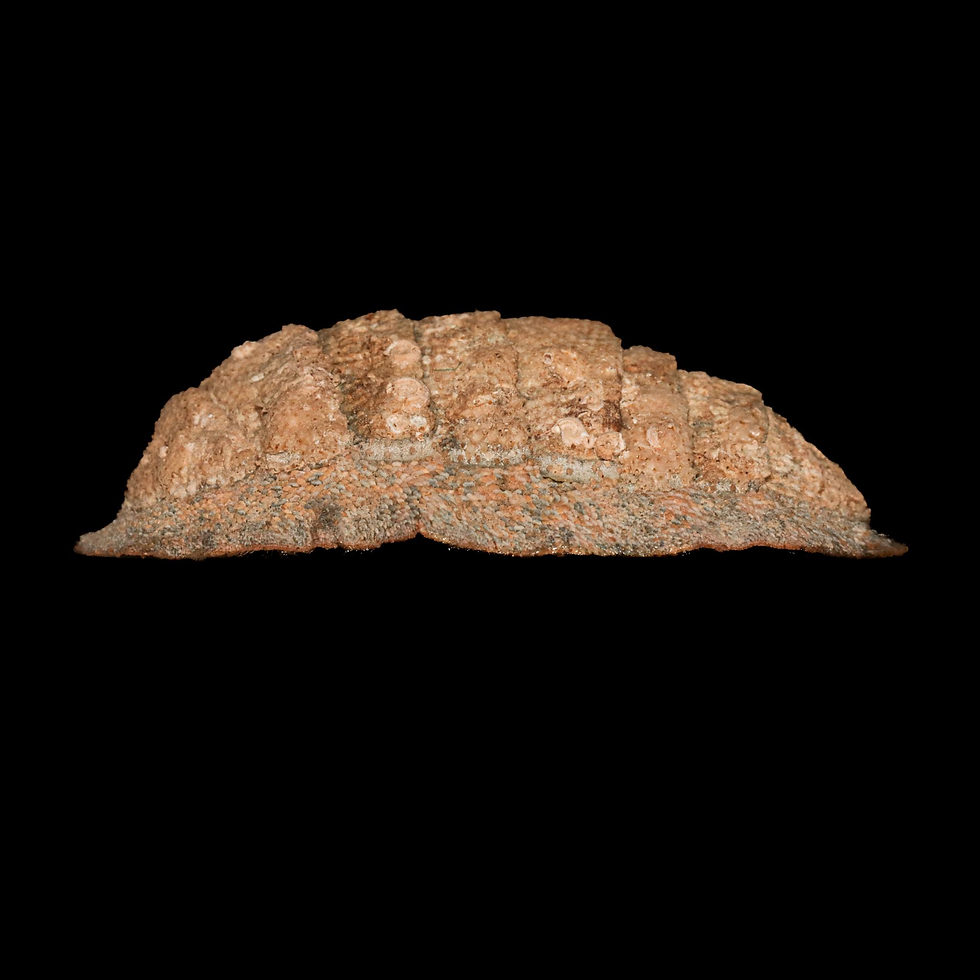
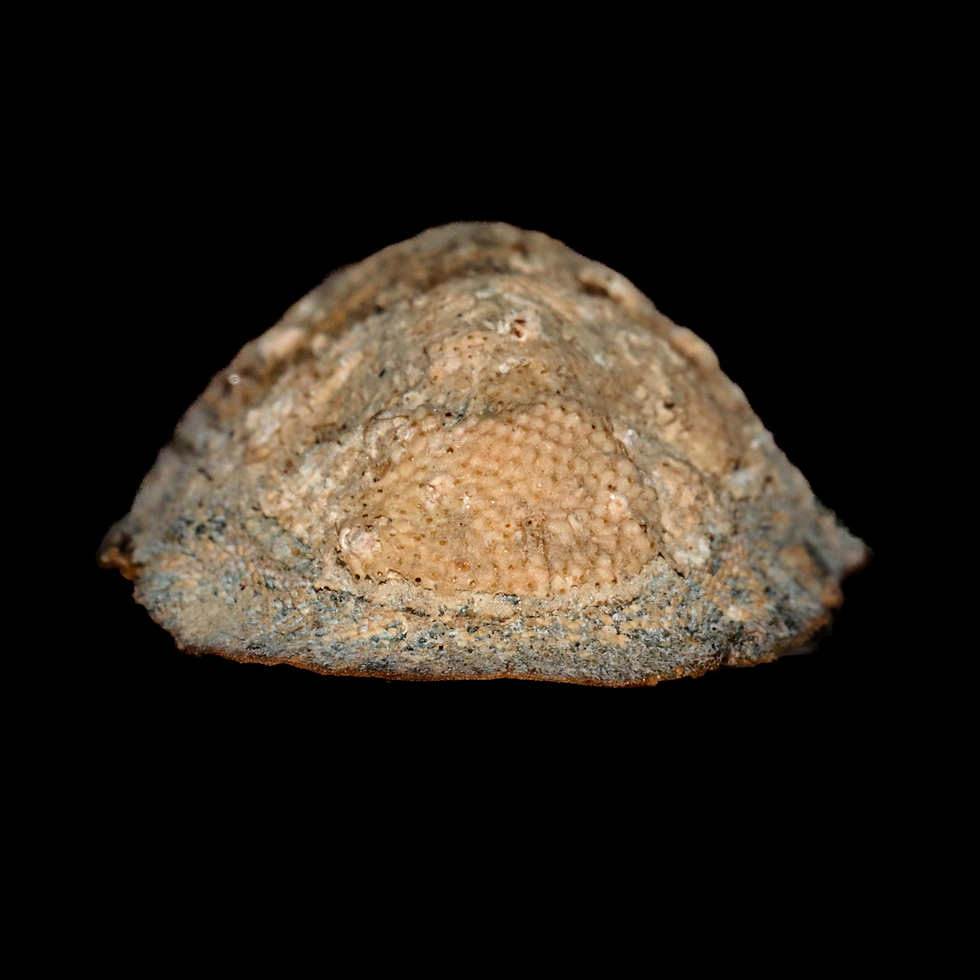
So, come and visit the Hong Kong Biodiversity Museum as we explore chitons’ way of getting around and perfect structure and those of thousands of other species. If you enjoy this post, please share it with friends and follow us for more posts each week.🙌
Text: Kailyn




コメント